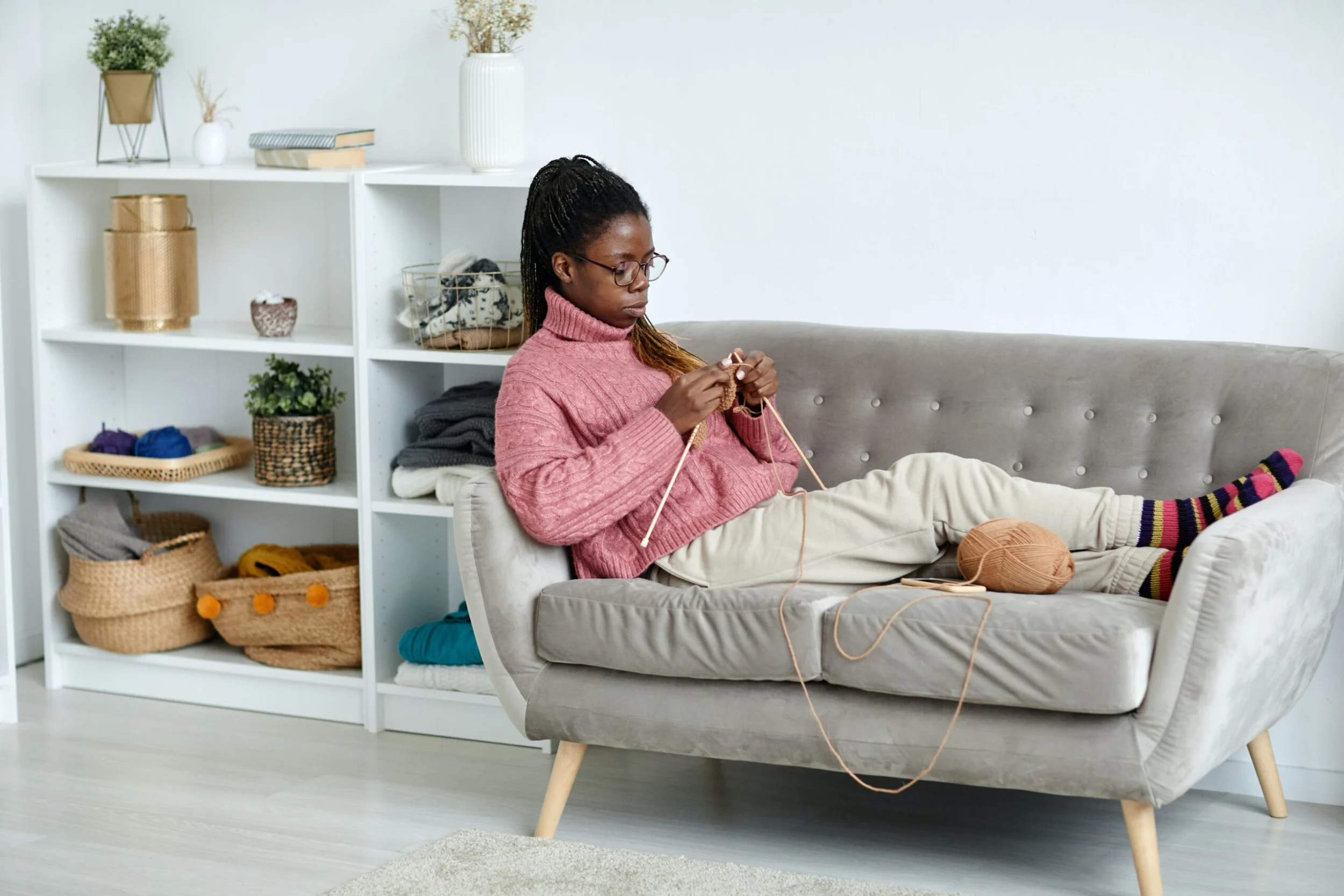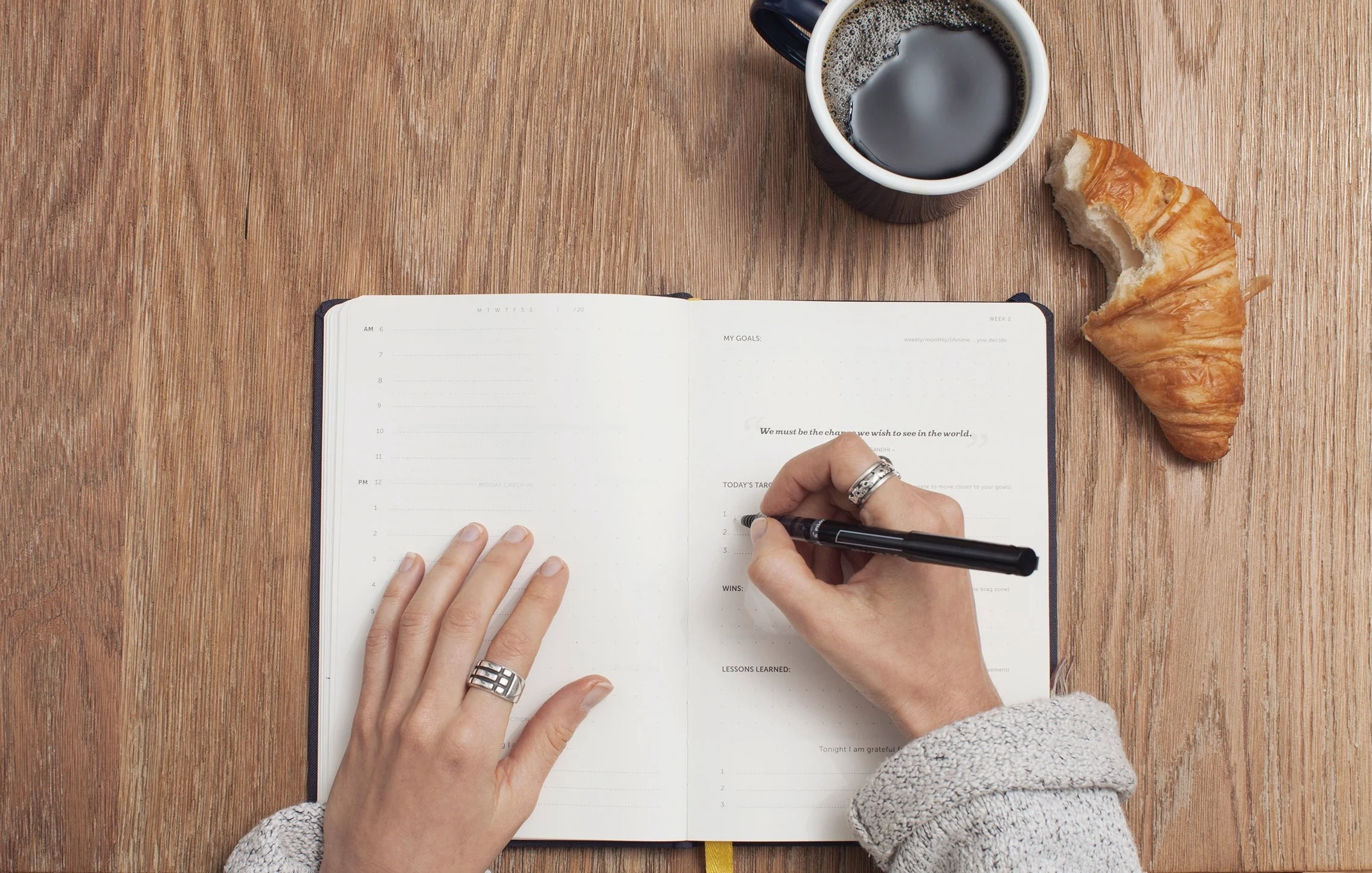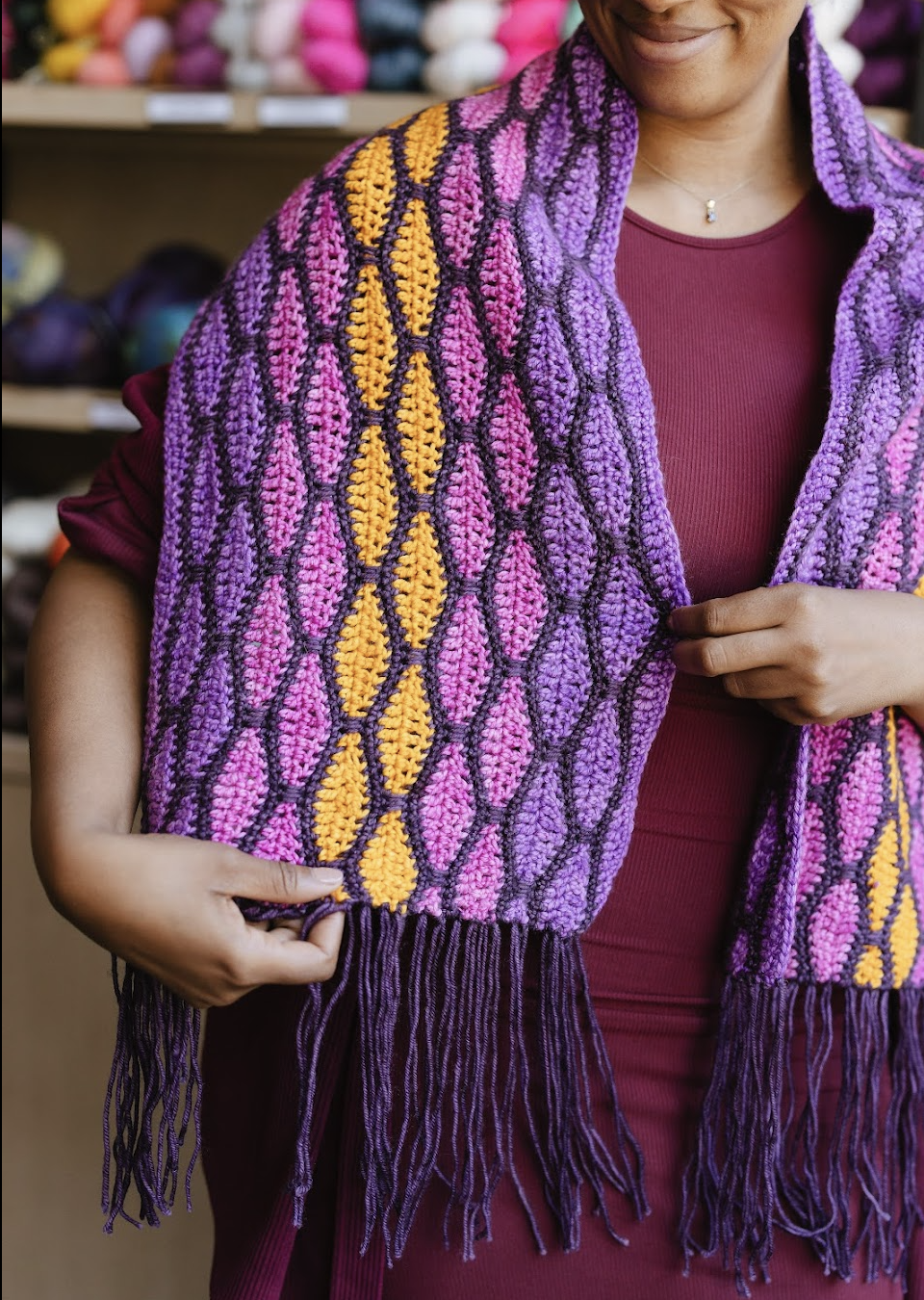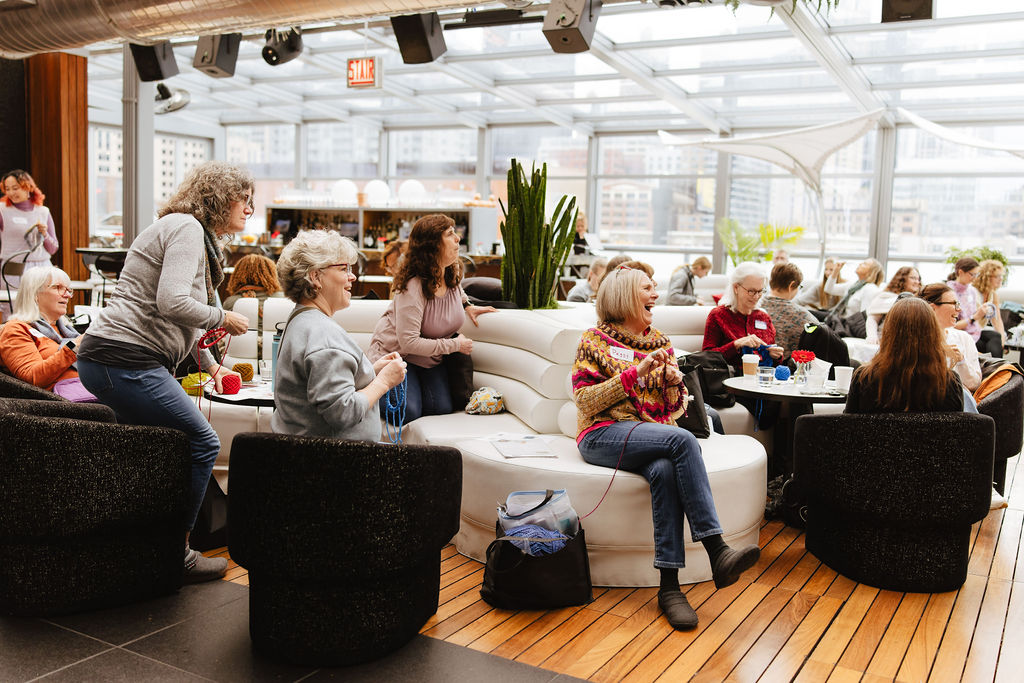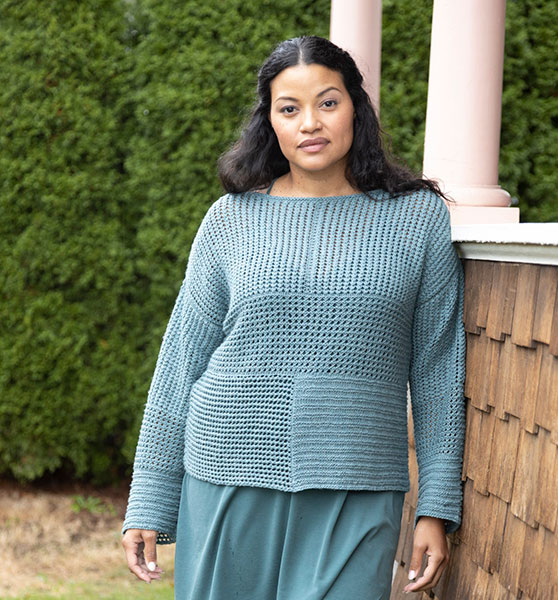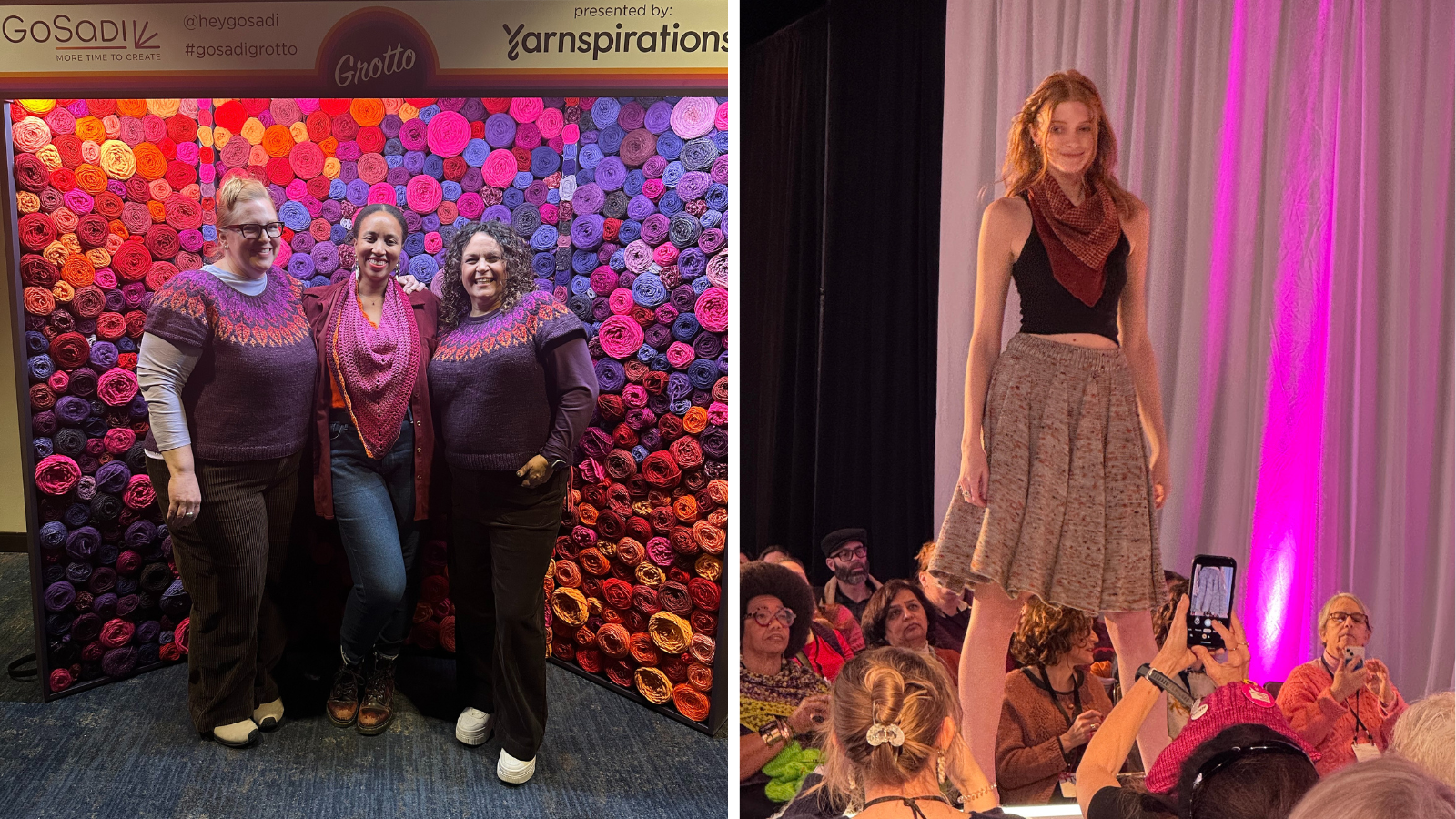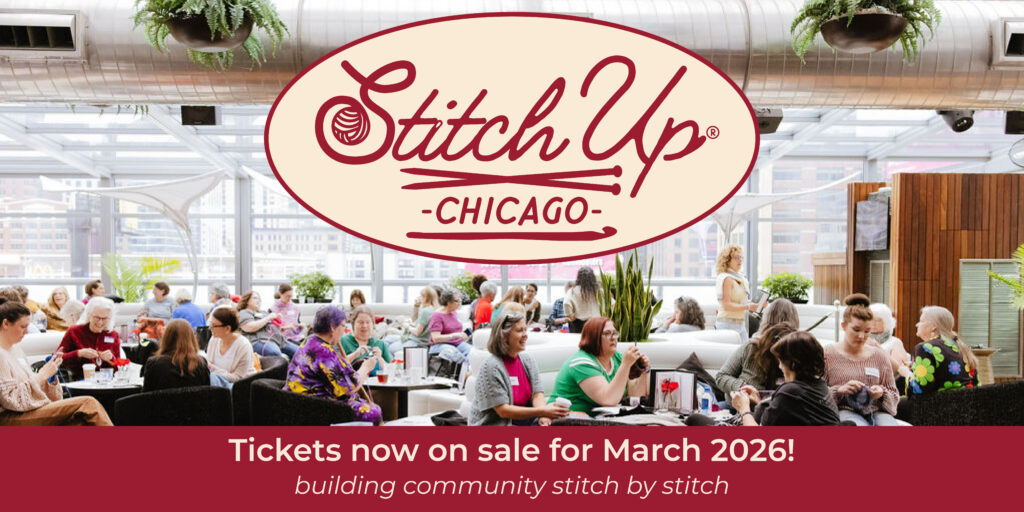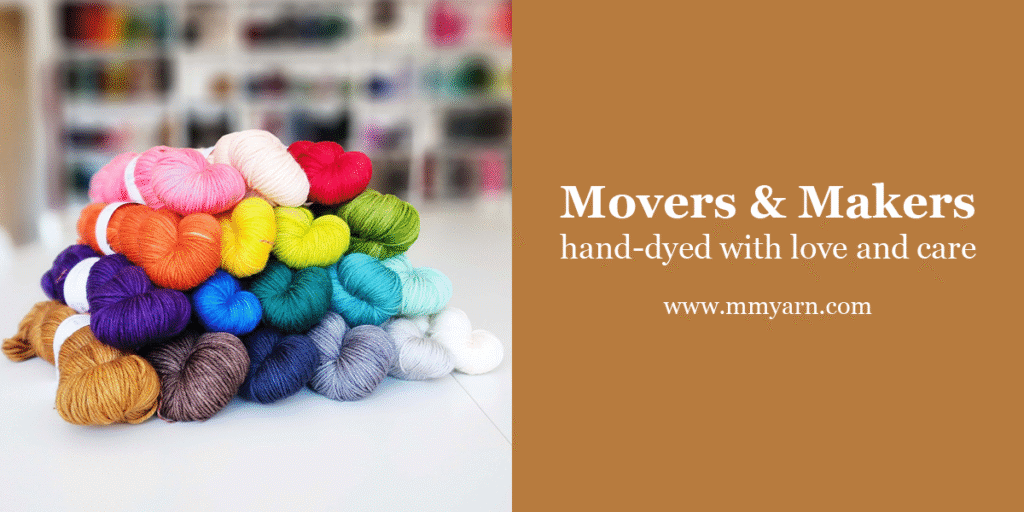In the vast and colorful world of design, inspiration can strike from various sources, and great minds can think alike. But what happens when two designers create similar pieces? How do we distinguish between genuine inspiration and outright copying? We’ll explore ways to recognize the difference between authentic creativity and copying, how you can protect your intellectual property (IP), and foster a culture of originality within the design community.
Let’s celebrate the beauty of inspiration while ensuring that we all do better!
the fine line between inspiration and copying
Knitting and crochet patterns often utilize similar stitches. It’s natural for designers to be inspired by a particular stitch pattern and incorporate it into their own designs. Oftentimes, stitch patterns are the original source of inspiration if a designer sees a stitch they love and want to design with. As a designer, the key is to infuse personal creativity, add unique elements, and ensure that the final result is distinctly your own.
The design world is brimming with sources of inspiration, such as nature, art, culture, and fashion trends. With the way social media algorithms work to feed images to groups of people, it is natural for multiple designers to see the same source and find inspiration in it. Certain garment shapes, silhouettes, and structures are classic and timeless. As a result, they will be repeated.
When approaching a classic design or a popular source of inspiration, it’s crucial to focus on your individual interpretation and creative variation of the idea. Adding your personal flair, distinct details, and unique construction methods can help differentiate designs and make them uniquely you.
When two designers draw inspiration from the same source, it’s essential to approach it with originality. Each designer should reinterpret the inspiration through their own creative lens. What are you bringing to the design that no one else can? How can you reflect YOU within the design elements?
protecting your intellectual property (IP):
Copyright laws offer legal protection for original creative works. But there is still a LONG way to go when it comes to protecting creative IP such as stitch patterns, garment silhouettes, and design ideas. For example, you can’t trademark a knit stitch or a t-shirt shape.
It’s essential to understand copyright basics, including what is eligible for protection and how to register your designs. By registering your work, you establish proof of ownership and gain the ability to take legal action against any infringement.
Many platforms will give you differing advice when it comes to watermarking and documenting your work. It’s important to document your design process, from sketches to swatches, to establish a record of your work’s development. This content can be used for your social media accounts after the pattern is released.
It is always important to be able to show anyone questioning you that you had a clear process from idea to release. Bonus points if you have an image of your original source, swatch, or mood board with dates. Consider watermarking your digital images to deter unauthorized use. However, in Etsy Up 2023, they recommend making sure that any watermarks that you include are not overpowering the item in your image. If you choose to include them they should be small.
Taking these measures may seem extreme as a creative, but can strengthen your case in the event of any disputes as well as provide you a roadmap from concept to design to execution
fostering a culture of originality: doing better together
As we invest in our communities we will also find that collaboration can be a powerful tool for fostering creativity and originality. By engaging in collaborations that encourage mutual inspiration, respect, and the exploration of new ideas, ensuring that each participant’s unique contributions are recognized and celebrated we have an opportunity to help each other achieve our best ideas.
If you see another designer has created something similar to your design, this could be an opportunity to create an incredible collaboration where you pool your audiences together. You both have audiences that enjoy the same style of product so why not double your reach? Perhaps share links to each other? Perhaps cross post about your process and invite them to post about theirs.
Sometimes we have to be the ones to educate our communities and start the conversations. This is an area where many newbies just don’t have the necessary understanding to make responsible choices.
It’s important to promote discussions and educational resources on the importance of originality, plagiarism, and respecting intellectual property. By raising awareness and partaking in open discussions on hard topics like this, we can cultivate a community that values and protects creativity.
Lastly, this work starts in our own backyards. It’s important to acknowledge the sources of your inspiration, celebrate the work of others, and give credit where credit is due. By fostering an environment of appreciation and support, we can inspire each other to create authentically.
In the ever-evolving design landscape, it’s crucial to understand the distinctions between drawing inspiration and copying in order to build the community we want to be a part of. Let’s celebrate our unique perspectives, nurture innovation, and create a space where everyone can thrive.
